What is financial literacy 💸 and how to teach it in school
Written by Banqer
Financial literacy is the knowledge, skills and attitudes about money a person needs to be successful. And it’s declining in young Australians.
According to the Australian government’s National Financial Capability Survey in 2021, only 42% of young Australians aged 14–17 felt confident or very confident about managing their money. However, 94% of the same demographic agreed that learning to manage money was important.
Research shows that strong financial literacy correlates with better life outcomes.
Several educators have made calls to include financial literacy in the curriculum, and some States have done so, often in Mathematics. However, researchers Dr Laura de Zwaan and Dr Tracey West suggest this doesn’t go far enough. To be effective, financial literacy must be taught broadly.
So how can schools teach it? Here’s a cheat sheet:
Improve access: Elevate the importance of financial literacy and ensure all students have the opportunity to learn, with year-level compulsory subjects the best bet
Have a champion: Is there a teacher passionate about student agency, real-life learning contexts, or financial education? They are best to implement a program
Make it fun: Financial literacy doesn’t have to be dry. Gamifying learning activities will help students experience what good money management can do (think renting or investing)
Context is King (or Queen): The best engagement is seen when learning activities are tied to real-life scenarios, like balancing living costs and part-time jobs with study
Tap into existing resources: Schools don’t have to create their own units. Instead, tap into the range of existing resources available
Make it digital first: Finances today are predominantly digital, so use a teaching solution that gives students a virtual and realistic experience of money
Don’t be afraid of knowledge gaps: Some educators can lack confidence in teaching financial literacy, but finding the right resources can help overcome any anxiety
Using Banqer for financial literacy in school
Banqer is a digital-first financial education platform for primary and secondary schools. In our simulated economy, students safely experience the financial world before leaving school. Underpinning this is our host of curriculum-aligned teaching and learning resources to help educators deliver highly engaging, authentic, real-world lessons. We cover all crucial areas of financial literacy, from budgeting to investing, careers to Superannuation, and renting to home ownership.
Where can financial education fit into school curricula?
Finding a home for financial education can be difficult in an already busy curriculum. But there are several ways of aligning it to existing programs or requirements.
Primary Year Levels
Triabunna District School (TAS) has used Banqer in the Year 5/6 class for the past four years, mapping it to the literacy and numeracy curriculum, as well as the Australian financial literacy curriculum.
Primary Humanities and Social Science
Prescott Primary Northern (SA) introduced Banqer five years ago to support the Economics programme in the new Humanities and Social Sciences curriculum.
Secondary Year Level Subjects
Northern Bay College (VIC) integrated Banqer High into their Year 7 and 8 Education Research Project, mapping this to the Australian curriculum, covering numeracy, literacy, and the humanities, including civics, citizenship, business and economics.
Secondary Pastoral Care / Wellbeing programs
Brisbane Grammar Girls’ School (QLD) introduced financial literacy into their Year 10 Pastoral Care Program, using Banqer to create an experiential program highlighting the relationship between career decisions, investing and future income.
Secondary Commerce or Business Studies
At St Andrew’s Anglican College (QLD), the Board encouraged the school to implement financial education. After trying to write their own units, the team introduced Banqer across Year 9, aligning it to the Money and Financial Maths unit of the Australian Curriculum.
Secondary Humanities
St Paul’s Anglican Grammar School (VIC) have been using Banqer for three years in Year 9 Humanities, which maps with multiple Humanities and Social Science strands in the Australian curriculum.
Secondary Mathematics
Xavier College (VIC) implemented Banqer in Year x Mathematics, which aligns with the Number and Algebra strand of the Victorian Curriculum.
Secondary Elective subjects
Wellington Secondary College (VIC) introduced a ‘Financial Fitness’ elective for Year 10s, ticking every box on the Consumer and Financial Literacy strand of the Victorian Curriculum.
Want to see Banqer Primary in action?
If you’re short on time, view a two-minute demo. Or, if you have 30 minutes to discover if Banqer Primary is for you, chat with Maddie, one of our humans.
Want to see Banqer High in action?
For a quick look, check our two-minute demo. Or, if you have ten minutes to discover if Banqer will work for you, chat with James, one of our humans.
Banqer are a Classroom of the Future Workshop Sponsor at the National Education Summit Melbourne.




